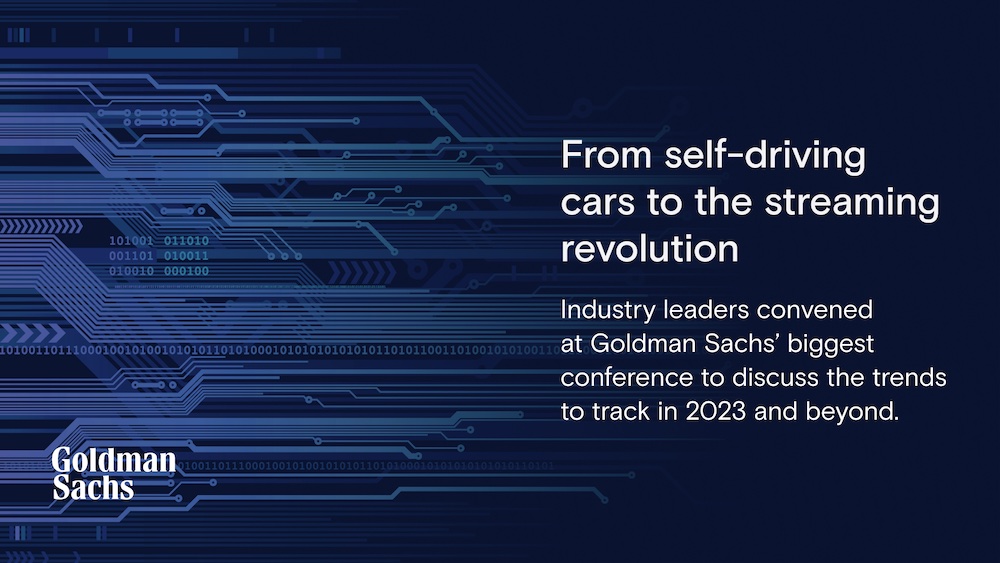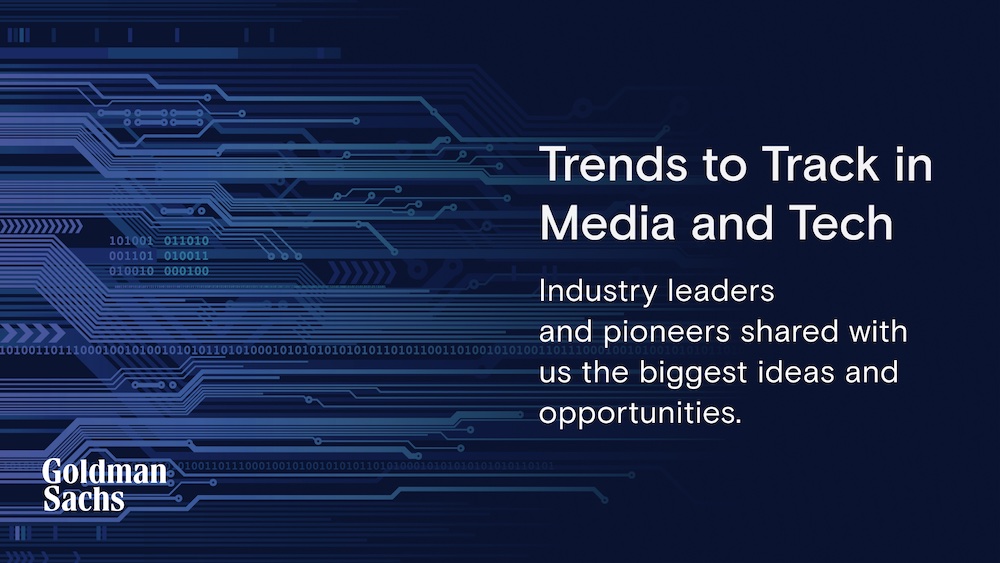| | | | | | | Presented By Goldman Sachs | | | | Axios Markets | | By Matt Phillips and Emily Peck · Oct 14, 2022 | | Happy Friday. It's the first big day of Q3 earnings reports. 🛒 Situational awareness: Kroger reaches a deal to buy Albertsons for $24.6 billion. (CNBC) Today's newsletter is 1,044 words, 4 minutes. | | | | | | 1 big thing: The stock market is weird |  | | | Illustration: Aïda Amer/Axios | | | | Sometimes Wall Street makes sense. Other times, it doesn't. Yesterday was the latter. The big picture: Stocks rallied sharply, despite a worse-than-expected inflation report that all but ensured the Fed's relentless rate-hiking would continue. - As we've written about all year, rate hikes have been the key driver of what, through Q3, has been the worst year for the stock market since 2002.
- And the S&P 500 did, in fact, plunge after the inflation report, opening down 2%. However, it then boomeranged, closing up 2.6%.
Context: Yes, stocks go up and down all the time. But the size of the swing from the opening tick was highly unusual. - It was only the fifth time since 1993 that the S&P 500 opened down 2% only to close with a gain above 2%, data from stock market research firm Bespoke Investment Group shows.
- Stocks that benefit from ongoing inflation and rising interest rates, like financials, oil drillers and chemical companies, led the market higher.
Between the lines: While the composition of the day's winners could be construed to make a kind of sense, no traders that we talked to seem to view the rebound as fundamentally sound. They all think it was a classic bear market rally. - Bear market rallies are the brief, sharp increases that regularly happen, even as the market's broad trajectory is lower.
- You can still make a lot of money on a bear rally, though, especially if you spot it early, surf it well and jump off before it rolls over.
- Steve Sosnick, chief strategist at Interactive Brokers, called yesterday's move "an epic head-fake," adding that fear of missing out — or FOMO — is still a major force, as traders are dying to get in early on a good bear market rally.
The bottom line: Some traders we spoke to thought stocks could put together a decent little rally before the shadow of the next rate hike — due on Nov. 2 — begins bumming the market out again. |     | | | | | | 2. Catch up quick | | 🇬🇧 U.K.'s Truss said to reverse part of her economic strategy today. (Bloomberg) 🥛 Danone to shed Russian dairy business with €1 billion write-off. (Reuters) 🛰 Musk says SpaceX can't provide Starlink to Ukraine "indefinitely." (CNBC) |     | | | | | | 3. COVID-era volatility |  Data: ICE Data Services; Chart: Axios Visuals The bond market's version of the VIX — a volatility index — is freaking out, Axios' Kate Marino writes. What's happening: The index that measures Treasury market volatility is flirting with levels not seen since the peak of the COVID-induced market crisis of March 2020 (charted above). Why it matters: Turbulence in safe haven Treasuries is a sign that markets aren't functioning as smoothly as they should. And it comes as the Fed is only just beginning to extract itself from the COVID-era bond purchases that propped up the market. - Problems with liquidity (the ability to easily buy and sell without moving prices sharply) in the Treasury market are concerning — and they "could spill over into broad financial stability concerns," wrote Javier Corominas, Oxford Economics' director of global macro strategy, in a research note yesterday.
State of play: Volatility can be something of a self-sustaining spiral. - Big price swings trigger margin calls for hedge funds and speculative investors. That leads to selling, which leads to losses, which leads to more selling — and fuels further volatility, Corominas wrote.
Context: The benchmark 10-year Treasury's biggest one-day move in 2021 was a 0.16 percentage point drop on Nov. 26. - This year: There have already been seven days with even bigger moves, as the FT reported last week.
- Just yesterday the 10-year went on a wild ride — the yield initially rose 0.15 percentage points after the CPI report, before clawing back about half of that.
The bottom line: The way the Treasury market functions during periods of stress has been a worry for a while now. And there's no shortage of theories for why the market has seemed to grow much jumpier lately. - Here's a decent primer on the topic from the group of Wall Street bankers and traders advising the Treasury about issues in the market.
- For now, it will likely get worse before it gets better, wrote BofA Research analysts in a note yesterday.
|     | | | | | | A message from Goldman Sachs | | Top execs in media and tech share the trends to watch | | |  | | | | Leaders and pioneers from telecoms, media and technology convened at Goldman Sachs' biggest conference, Communacopia + Tech 2022, to discuss the trends to track in 2023 and beyond. Where do they think innovation will drive growth? We've captured the conversations. Watch here. | | | | | | 4. Rents are falling, contrary to CPI data |  Data: Redfin; Chart: Erin Davis/Axios Visuals Two reports came out yesterday showing that rents nationwide declined in September from the prior month, Emily writes. - And both datasets, from Redfin and Realtor.com, found year-over-year rent growth decelerating.
Why it matters: The slowdown in rents isn't yet showing up in the monthly inflation data. By the CPI's measure — also out yesterday — rents were up 0.8% in September. - The difference, as we've explained before, is that the private-market data from the real estate companies covers new rental contracts only; while CPI captures rents more broadly.
- "Housing is now the most important driver of inflation," noted former U.S. Treasury Secretary Larry Summers earlier this week.
The intrigue: It could take as long as a year for the CPI data to reflect this deceleration, according to research published by the Labor Department last week and tweeted by Summers. - The authors of the paper conclude that taking a broader measure of rents, as the CPI does, is the right way to understand price growth — but when it comes to monetary policy they're less sure.
- They seem to imply the Fed might need to watch the private market data to get a sense of where inflation is right now and react accordingly.
The bottom line: As Pantheon Macroeconomics' chief economist Ian Shepherdson said yesterday, "Evidence of falling inflation is everywhere except in the inflation data." |     | | |  | | | | If you like this newsletter, your friends may, too! Refer your friends and get free Axios swag when they sign up. | | | | | | | | 5. Mortgage rates hit 20-year high |  Data: FactSet; Chart: Axios Markets Mortgage rates are at their highest point since April 2002, Matt writes. Why it matters: The recent surge in rates has slammed the brakes on activity in the residential real estate sector. The latest: The average rate on the 30-year fixed rate mortgage hit 6.92%, according to Freddie Mac. Just a year ago it hovered around 3%. - In October 2021, the principal and interest payment on the median-priced American home was about $1,500 a month, according to our own tinkering on Bankrate's mortgage calculator.
- Now: It's nearly $2,400 a month, almost $900 more.
The bottom line: The Fed's rate increase regimen is designed to slow the economy. It's working — and the housing slump is well underway. |     | | | | | | A message from Goldman Sachs | | Top execs in media and tech share the trends to watch | | |  | | | | Leaders and pioneers from telecoms, media and technology convened at Goldman Sachs' biggest conference, Communacopia + Tech 2022, to discuss the trends to track in 2023 and beyond. Where do they think innovation will drive growth? We've captured the conversations. Watch here. | | | | Was this email forwarded to you? Sign up here! Today's newsletter was edited by Kate Marino and copy edited by Mickey Meece. |  | | Why stop here? Let's go Pro. | | | | | | Axios thanks our partners for supporting our newsletters. If you're interested in advertising, learn more here.
Sponsorship has no influence on editorial content. Axios, 3100 Clarendon Blvd, Arlington VA 22201 | | | You received this email because you signed up for newsletters from Axios.
Change your preferences or unsubscribe here. | | | Was this email forwarded to you?
Sign up now to get Axios in your inbox. | | | | Follow Axios on social media:    | | | | | |












No comments:
Post a Comment